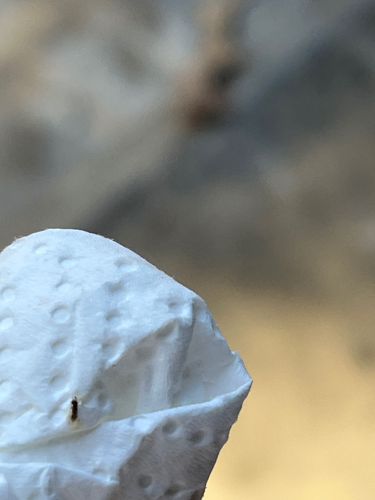Fungus Gnat
Scientific Name: Bradysia spp. (common genus)
Order & Family: Diptera: Sciaridae (dark-winged fungus gnats) or Mycetophilidae (fungus gnats)
Size: 2-3 mm (adults)

Natural Habitat
Damp, moist environments, especially where there is decaying organic matter, fungi, or overwatered houseplants. They are commonly found indoors near potted plants.
Diet & Feeding
Larvae feed on fungi, decaying organic matter, and plant roots (especially fine root hairs). Adult fungus gnats do not eat, or feed on liquids like nectar or water, primarily focusing on reproduction.
Behavior Patterns
Adults are weak, erratic fliers and are often seen near the soil surface of potted plants or attracted to lights. Females lay eggs in moist soil. The larval stage is responsible for most damage, feeding on fungi and plant roots. The life cycle from egg to adult can be as short as 18-20 days depending on conditions.
Risks & Benefits
Risks: Larvae can damage the roots of seedlings and young plants, leading to wilting, stunted growth, and even plant death in severe infestations. They are primarily a nuisance pest for humans. Benefits: In natural ecosystems, larvae contribute to decomposition by feeding on decaying organic matter and fungi.
Identified on: 11/9/2025